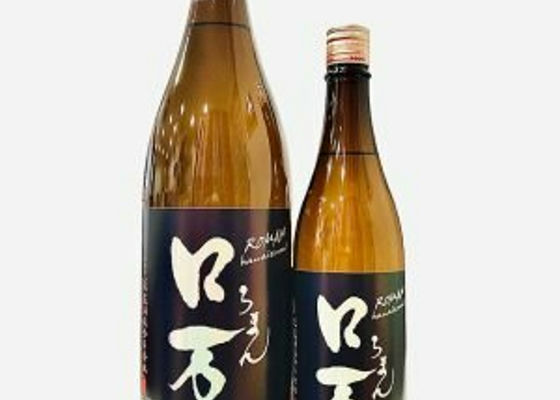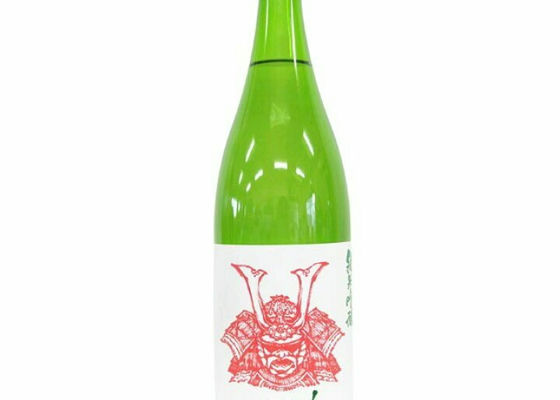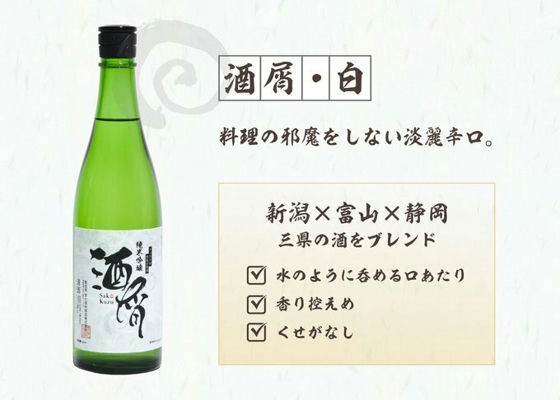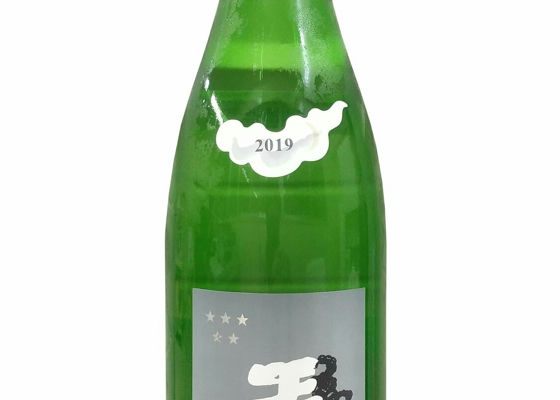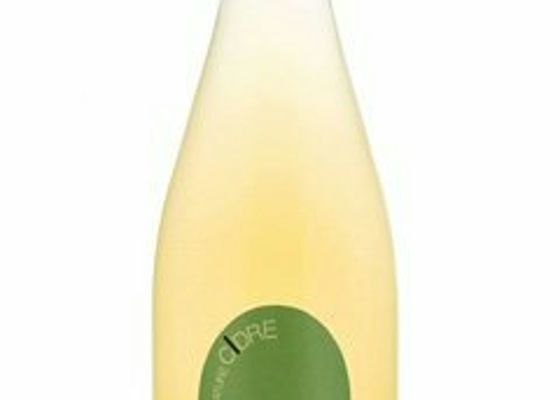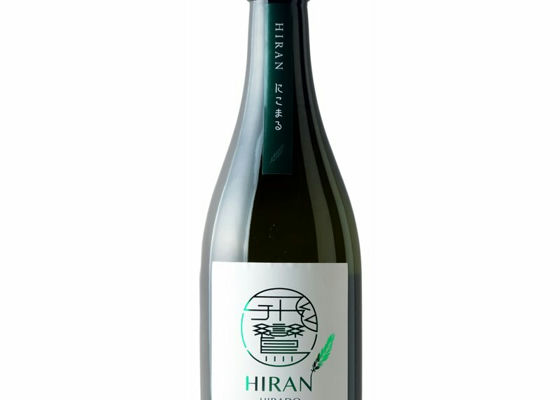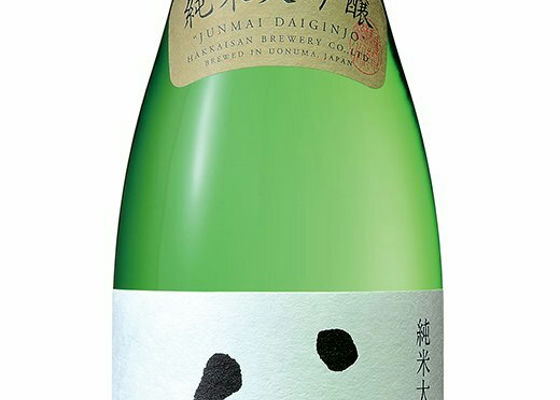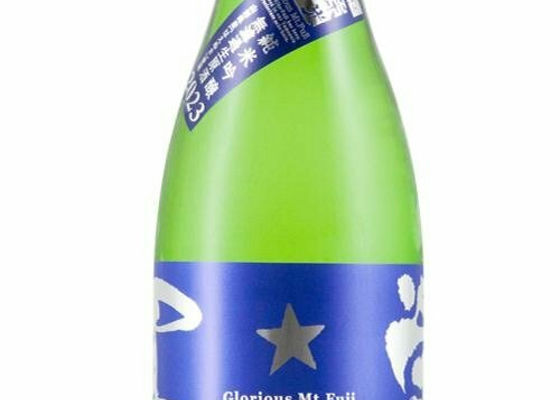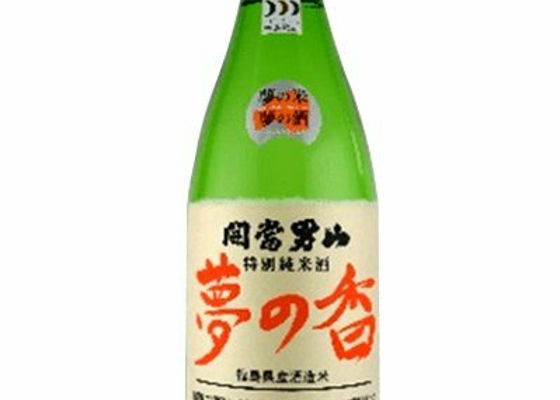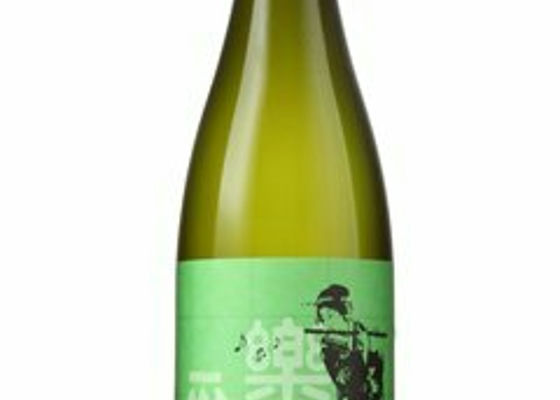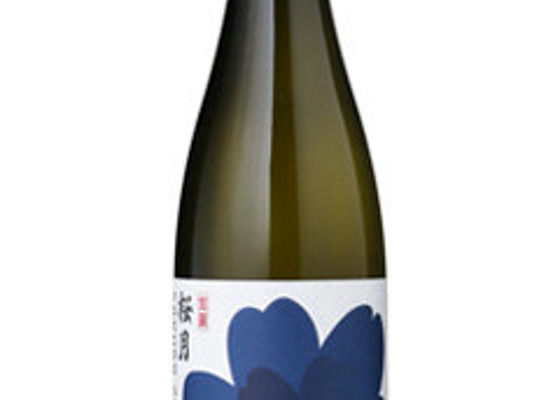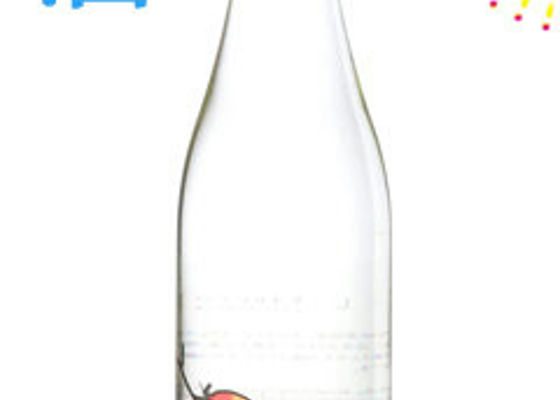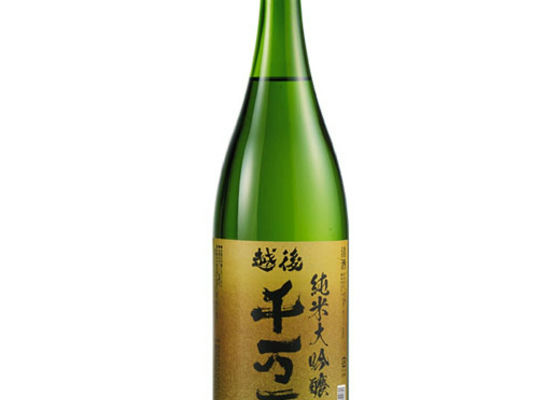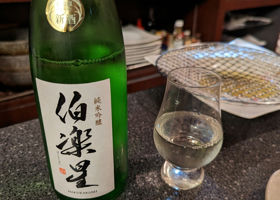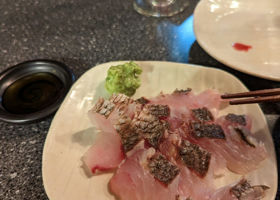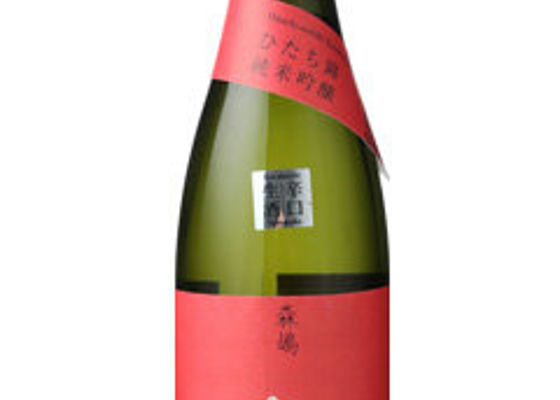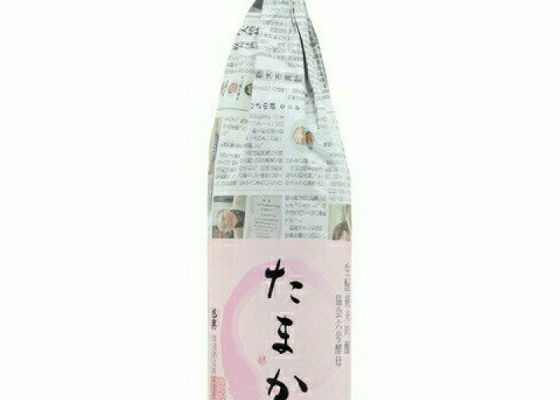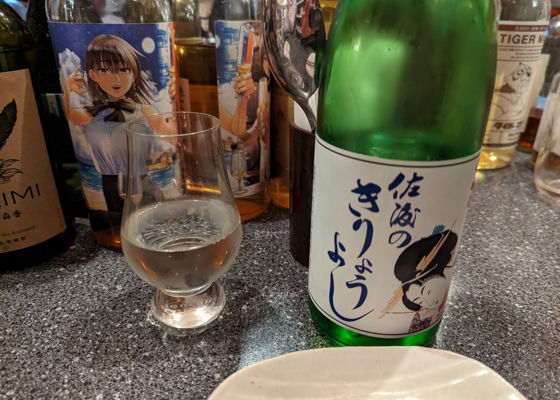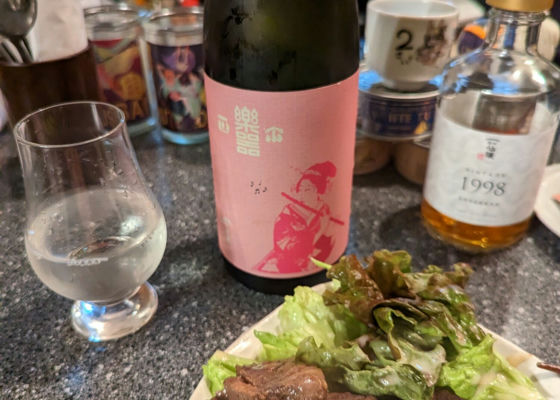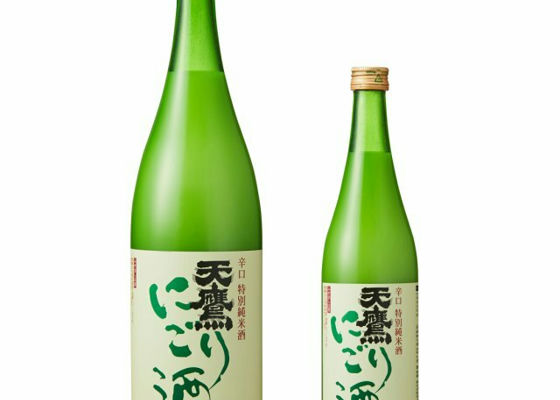
くぅ
Powerful and mellow
This is a bottle in which the original flavor of rice can be fully enjoyed by roughly filtering the "moromi" that forms the basis of the sake.
It has the original flavor of rice, a rich flavor, and a mellow taste that spreads with a smooth texture on the tongue.
This strong, mellow flavor is an excellent match for strong-flavored dishes such as Chinese cuisine.
We offer three ways to enjoy a bottle of nigori sake.
(1) Shake the bottle slowly to mix and enjoy the uniqueness of nigori sake.
(2) Enjoy only the supernatant clear liquid for a different mellowness.
(3) Enjoy the strength of the nigori.
The flavor will not be blurred even if it is served on the rocks with ice. (From the official website of Amataka)
The third bottle for relatives to drink.
We bought this bottle when we went to buy mead, which is said to be the best in the world.
It was a bottle that destroyed the prejudice that nigori sake is sweet.
However, the taste of sake is quite strong, so if you don't pair it with dishes with strong flavors, as described, the taste of the dishes will be reduced to a tiny piece.
Tenryaka has been collaborating with VTubers recently, and I think they are growing!
Japanese>English
ジェイ&ノビィ
Good evening, Mr. Kuu 😃.
Collaboration of the heavenly hawk🦅! I googled it 🤗You're doing a great job from many angles 🤗I have to support you ‼️😊.
Japanese>English
